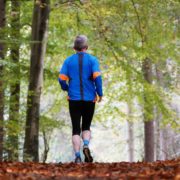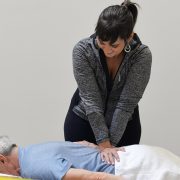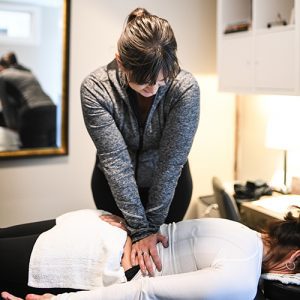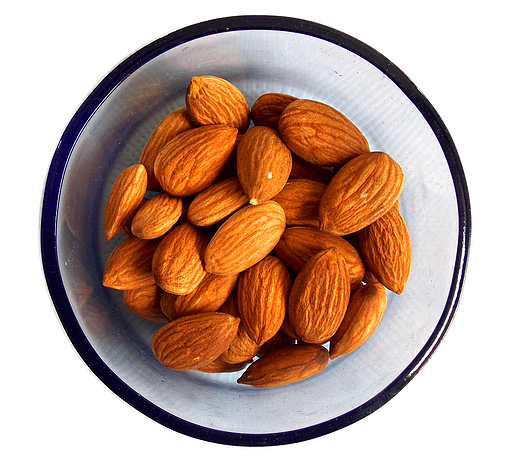Tips to Combat Arthritis this Winter
People tell me all the time: “I don’t need to check the weather anymore, my joints tell me what’s coming.” And as winter approaches, I know I’m going to be hearing more and more of this.
So why is it that arthritis sufferers tend to be impacted more during the colder, wetter months?
The actual science on this is inconclusive. Some studies have completely debunked the myth that weather can affect your joint pain, while others have shown that arthritis sufferers do indeed have what we call “weather sensitivity” — and they feel worse in the cold, especially when it’s about to rain or snow. The working theory behind this is related to barometric pressure. As a storm system develops, barometric pressure (atmospheric pressure) begins to drop. Some scientists believe that this results in expansion and contraction of tissue in and around your joints (tendons, muscles, bones, and even scar tissue). If those tissues are already sensitive due to arthritis, this could irritate them further. Additionally, the lower temperatures of winter are thought to increase the thickness of fluid inside your joints, making them stiffer and perhaps more sensitive to pain during movement.
Regardless of whether this phenomenon is myth or fact, it doesn’t make your pain any less real! The good news is there are things you can do to minimize pain related to arthritis as winter gets closer.
There are two types of arthritis, inflammatory and non-inflammatory. Rheumatoid arthritis is the most common form of inflammatory arthritis, and osteoarthritis is the most common form of non-inflammatory arthritis. Although they have very different causes, weather changes can still have an impact, and there are still things you can do to minimize that impact.
Both forms of arthritis are characterized by one or more of your joints being inflamed.
Inflamed joints do not like to be compressed or irritated. It’s often why people will tend to rest and decrease their activity when they have pain. Add cold winter temps and weather to the mix (along with a pandemic), people just naturally do less this time of year. They think if they take the weight off their joints, or move less, they are protecting their joints. That’s actually not true. What protects your joints is strength and flexibility. The more mobile you are, the less likely your joints will get irritated, even arthritic ones. Have you ever worn a piece of clothing that’s too tight? You get irritated. Same with your joints! If they aren’t free to move, they get angry. The muscles around your joints and how strong they are also play a huge role in minimizing irritation.
In the absence of strength and stability, your body will do what it needs to compensate. The structures around your joint will contract to make your joints stiff and tighter in an attempt to give your joints the stability they are lacking. But arthritic joints don’t want to be stiff and tight, they want to be free and mobile! So if you suffer from arthritis, it’s critical that you have good mobility and good strength — period.
In general, the most important thing you can do for your arthritis any time of year, not just in winter, is to keep moving.
And you will move better when you’re strong and flexible. Movement gets blood flowing, which is our best and most natural form of anti-inflammation. Walking is the easiest and most practical way to get healthy movement daily, but biking and swimming are great choices too. You’ll also want to engage in some form of activity, such as Yoga, Pilates, or Tai Chi, that allows you to move your limbs, body and joints in a full range of movement. Cardiovascular activities like walking and biking won’t do that. Pilates is great because it emphasizes both full body strength (which helps balance out your joints) and it promotes flexibility at the same time. It’s why we like to use it in our office. Although it’s easy to just stretch and get more flexible, it’s important that you incorporate strength training into your routine also. Achieving good mobility AND strength is the secret to combating arthritis. Folks tend to only focus on the flexibility part, which is one of the common mistakes I see.
I hope this helps you better understand why your arthritis might feel worse in winter, and what you can do about it! If you’re suffering from any kind of back or knee pain that is preventing you from being more active and mobile and therefore worsening your arthritis, check out our FREE Back Pain and Knee Pain guides. Just click to have the guide sent straight to your inbox with no obligations or strings attached!










